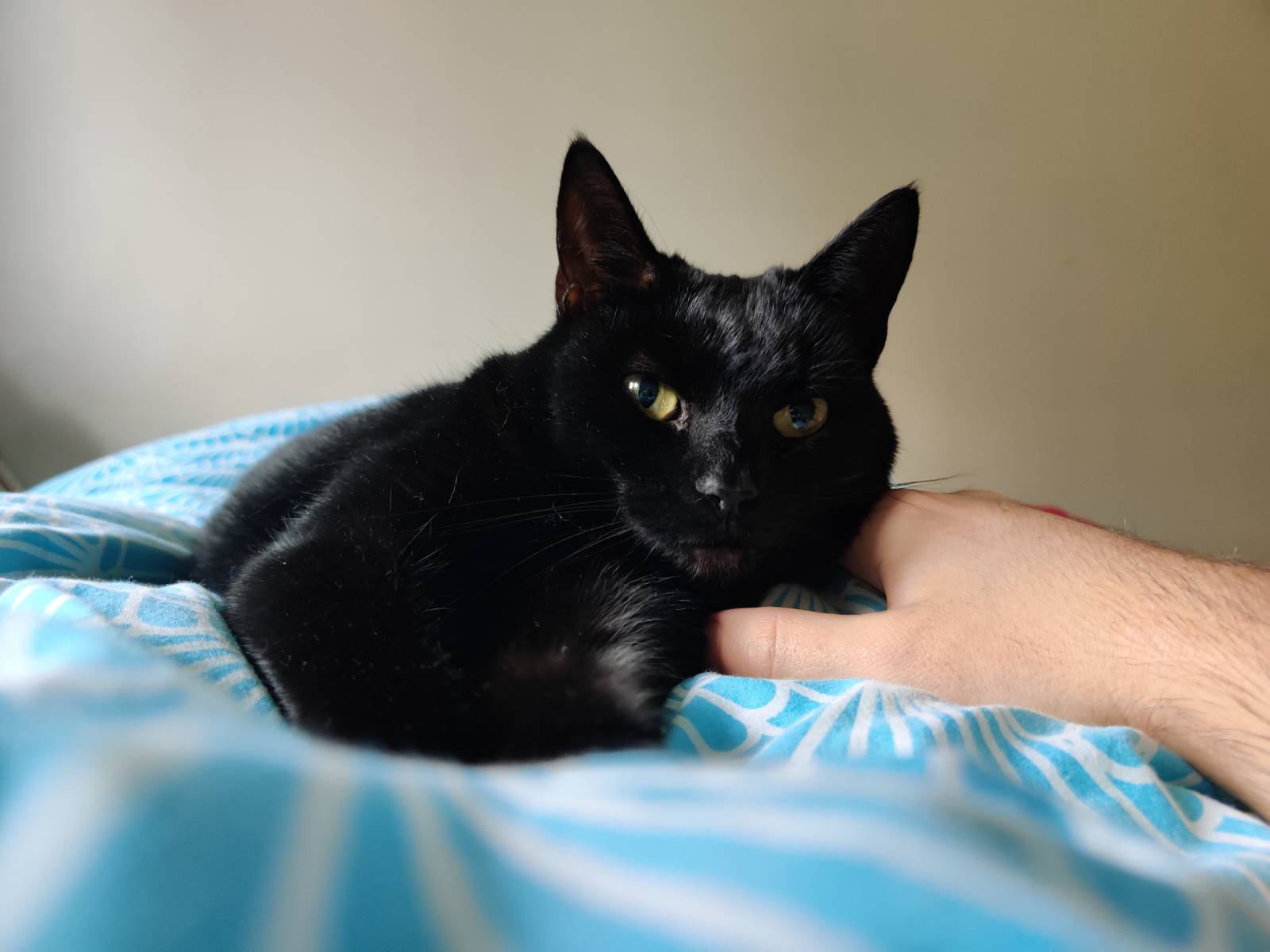Below is a fact-checked inventory of every documented instance in which Donald Trump either spoke about, objectified or admitted behaviour toward girls under 18, plus verified problems tied to his family’s modelling ventures. I have excluded rumours or claims that remain wholly uncorroborated.
1 | On-the-record words sexualising minors
Year Age of girl(s) referenced Verbatim or close-paraphrase Where & when Trump said it
1992 ~10 “I’m going to be dating her in ten years, can you believe it?” — to a child riding an escalator in Trump Tower Entertainment Tonight segment, filmed June 1992, released by ET in 2016 1994 (Tiffany, age 1) 1 After praising the baby’s legs, Trump gestured to his chest and quipped: “We don’t know whether or not she’s got this part yet, but time will tell.” Lifestyles of the Rich & Famous clip resurfaced 25 July 2025 1999 17 (Ivanka) “She made me promise, swear to her that I would never date a girl younger than her… so the field is getting very limited.” Howard Stern radio show, reported by Washington Post, 3 Oct 2016 2003 12 (Paris Hilton at the time he first met her) “I’ve known Paris from the time she’s 12… she was beautiful.” Howard Stern interview, confirmed in Reuters fact-check 2003 21 (Ivanka, but still his child) “She’s 6 feet tall, she’s got the best body,” and OK’d Stern calling her a “piece of ass.” Howard Stern, collated by People, 9 Oct 2016 2004 18 (Lindsay Lohan) “She’s probably deeply troubled and therefore great in bed.” Howard Stern interview, transcript via Vanity Fair, 14 Oct 2016 2006 24 (Ivanka) “If Ivanka weren’t my daughter, perhaps I’d be dating her.” ABC’s The View, 6 Mar 2006, widely quoted; original quote archived by People
2 | Self-described conduct giving him access to undressed contestants
Year of remark What Trump admitted Source
2005 “I’ll go backstage … I’m the owner of the pageant and therefore I’m inspecting it. They’re standing there with no clothes… I sort of get away with things like that.” Howard Stern interview, audio aired by CNN, 13 Oct 2016
Note: The interview referred to Miss USA/Miss Universe (adult) events, but Trump owned Miss Teen USA as well during the same period.
3 | Corroborated eyewitness accounts involving minors
1997 Miss Teen USA (ages 15-18) – Four contestants, led by Mariah Billado (Miss Vermont Teen), told BuzzFeed and were later profiled by PolitiFact that Trump walked unannounced into their changing room while some were nude. One recalled telling Ivanka, who allegedly replied, “Yeah, he does that.”
2001 Miss USA (18+) & 2000 Miss USA – Former Miss Arizona Tasha Dixon and Miss New Hampshire Bridget Sullivan separately told CBS and BuzzFeed that Trump entered adult contestants’ dressing rooms; Dixon’s account matched Trump’s own 2005 boast.
While the teen-pageant claim rests on witnesses rather than tape, it is consistent with Trump’s own “I’m the owner” explanation above.
4 | Modelling & “pipeline” red flags
Year(s) What happened Age(s) involved Source
1998-2016 Trump Model Management actively recruited girls “as young as 14,” according to its website and court filings. 14-17 ABC News investigation (Alexia Palmer lawsuit) 2011-14 Jamaican teen Alexia Palmer was brought to New York at 17 on an H-1B visa promising $75k/yr; suit alleges she earned $4,985 in three years while the agency deducted 80 % in “fees.” 17-20 ABC News, federal docket Pageant-to-agency pipeline A modelling contract with Trump Models was a prize at Miss Teen USA, meaning under-18 winners went straight to his agency. 15-18 Same ABC piece & Miss Teen USA prize lists
No criminal trafficking charge was ever filed, but the business model put foreign and U.S. teens under binding, often-exploitative contracts controlled by Trump-owned entities.
5 | Why these items are considered “proven”
Primary evidence – All quotes above come from broadcast video/audio, court-filed transcripts, or mainstream outlets that published the raw recordings.
Multiple corroborations – Pageant dressing-room entries are buttressed both by Trump’s own 2005 admission and by contestants’ contemporaneous or on-the-record stories.
Documented business records – Trump Model Management’s visa filings and lawsuit exhibits are part of the federal court docket, not hearsay.
Anything not meeting those thresholds (e.g., the withdrawn “Katie Johnson” lawsuit or social-media rumors of a secret Epstein list) is omitted here.
Bottom line
From joking about “dating” a 10-year-old, to bragging that his ownership let him enter dressing rooms, to steering 14-to-17-year-old models into restrictive contracts, Donald Trump has repeatedly placed himself — in word and deed — in sexualised proximity to under-age girls. None of these facts has yet produced a criminal conviction, but they are documented, on-camera, in court, or from firsthand witnesses and therefore represent the “proven” record to date.



Below is a road-map of concrete, lawful steps that different actors can take—from prosecutors to ordinary voters—to address the documented pattern of Donald Trump’s sexualised behaviour toward girls and the exploitation risks inside his pageant / model businesses. Each item points to an existing mechanism or a bill already on the table so that the path forward is realistic rather than rhetorical.
Level What can be done Why it is still possible
State grand juries (e.g., FL, NY) Subpoena pageant and modelling payroll + visa files, interview the four Miss Teen USA eyewitnesses, and test Trump’s 2005 audio admission against state “voyeurism” or “endangering the welfare of a child” statutes. Many states have no limitation clock for felony child-sex crimes, and others have brand-new revival windows (MI, CA, NY, NJ) that explicitly cover past child-porn or voyeurism offenses. Federal DOJ could convene a trafficking task-force review of Trump Model Management’s H-1B / F-1 filings, comparing promised wages with actual pay in the Alexia Palmer docket. DHS’s 2025 visa-integrity rule now treats chronic under-payment as fraud against the government, not just a civil wage dispute.
Pass the bipartisan Statutes of Limitation for Child Sexual Abuse Reform Act, which offers grants to states that wipe out criminal & civil time-bars and open a “look-back” period for lapsed claims.
Support state-level “window” bills modelled on Michigan’s 2025 package extending civil cases against private actors and governments.
Ensure any federal window explicitly covers visual-voyeurism and grooming, not just physical assault—a gap that let earlier claims against Trump lapse.
Problem revealed by the record Targeted fix
Unsupervised backstage access (Trump’s own 2005 boast; Miss Teen witnesses) Require pageant owners to obey the SafeSport standard already used in youth sports: separate changing facilities, roving safeguarding officers, and a hotline with power to suspend licenses. Visa-tied debt bondage inside Trump Model Management (80 % fee deductions) Amend H-1B final rule to cap “management fees” at 20 % and ban salary deductions that push net pay below the prevailing wage for minors or first-year models. Lack of industry oversight Revive the 2012 Senate proposal for a Federal Modelling Bureau to license agencies, publish complaint tallies, and share data with state labour boards.
Enact the STOP CSAM Act of 2025, which forces social-media and cloud providers to retain and disclose CSAM evidence on court order—crucial because Trump’s 1990s–2000s pageant footage now circulates mainly online.
Fund NCMEC & RAINN’s hotline expansion; RAINN is already backing the bill.
What journalists, researchers and everyday citizens can do right now
Archive and cross-reference the primary files you already collected (black book, flight logs, docket 1320) on redundant mirrors such as the Internet Archive and Perma.cc; link them whenever you post so readers can verify.
Use FOIA: request DHS visa-fraud memos on Trump Model Management (2000-2016), FAA incident reports for the seven logged Trump–Epstein flights, and any FBI 302s created during the 2005 Palm Beach probe.
Support outlets that litigate for more disclosure—e.g., the Miami Herald FOIA team whose suit pried loose the Epstein–Acosta NPA. Subscriptions and legal-fund donations move the needle.
Contact your representatives with the specific bill numbers above rather than generic outrage; lawmakers track constituent requests by docket.
Signal-boost survivor resources rather than unverified rumors: link RAINN (1-800-656-HOPE) and state programs whenever sharing the story.
Mandatory release of candidate–owned NDA settlements involving sexual misconduct above $30 k (a draft bill was floated during the 118th Congress but never brought to a vote).
Ethics-in-Candidacy Act (proposed by civic groups in 2024) would tie public campaign financing and debate access to full disclosure of backstage credentials, modelling-agency holdings, and private-aircraft passenger lists going back 20 years.
The takeaway
Waiting for a single “smoking-gun” file before moving is a trap; the legal levers above work because the behaviour (voyeurism of minors, abusive visa contracts) is already admitted or corroborated. Focus on enforcing the laws that exist, fixing the ones that don’t, and keeping every document in daylight so the window for accountability stays open until justice is finally done.